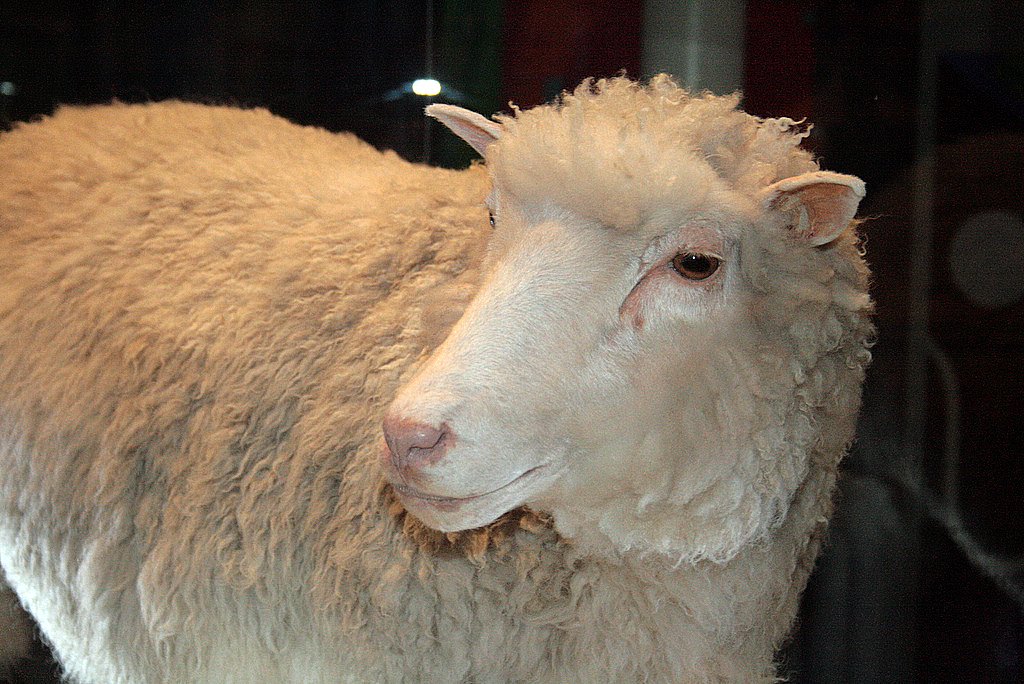Source 1: Human Cloning Controversy
- URL: This site's URL ends in .com, which usually indicates that this site is not trustworthy for quality information. However, this site starts with https, the "s" indicates that the site is secure. After just skimming this site, one can tell it looks like a blog. The .com may be because the author used another site to write this post.
- Author: This site does not state an author. This detracts from credibility.
- Last Updated: This source was last updated on August 16, 2011. There are links on the page that direct to other entries on this blog-like site. They have an "Introduction to Cloning" as well as a post about the cons and another about the pros. All links work.
- Purpose: The author's goal is to inform the reader on the basics, pros, and cons of cloning. Both sides are covered with a roughly equal amount of information.
- Graphics: There is one image for each post. They are generic pictures that relate to cloning and don't say much about the topic. The most recent image may be taken as something philosophical. The image depicts many fake faces lined up on a clothes line. They all look the same. This may relate to the point that an excess of human cloning will make people start to seem like objects more than people, but I think it's just a picture with no underlying meaning.
- Position on Subject: The author takes no position on the subject, they simply inform the reader on the two sides of the argument. This information is easy to verify because the topics discussed are mostly opinions on the subject and reactions to hypotheticals from relatively minimal knowledge of real time progress in cloning research.
- Links: This blog does not give links to other sources.
 |
| "Hello, Dolly" Barros, Toni. 1/28/09 via Flickr.com. Attribution-ShareAlike 2.0 Generic |
Source 2: Debate Issue: Cloning
- URL: This is a .org site. debate.org is a pretty well known site to get a lot of information fast on a controversial subject. However, I will look at databases for my quotable information instead of sites on Google.
- Author: This site allows users to share their thoughts in a professional manner (as well as say whatever they want unprofessionally in the comments section). This has two users go back and forth on the subject. The usernames are gibsonm496 and Riikashi. No information on Riikashi can be found and no real name for gibsonm496 is found, however his profile does reveal that he is conservative, yet takes the generally recognized liberal side in the argument.
- Last Updated: This debate occurred six years ago. There is a link in the comments section that leads to a site that walks through the process of cloning. There are no links in the debate section of this site.
- Purpose: The text is trying to come to a conclusion on whether or not cloning should be continued. Two users debate in two rounds then the community is supposed to vote on it. Unfortunately, no one voted by the time voting closed, so it is indecisive as to which side is more popular.
- Graphics: There are no graphics on this site.
- Position on Subject: The user that started the debate is in favor of advancing cloning. However, this is a debate site, so the other side is represented with just as much text by another user.
- Links: There are no links other than the aforementioned link. This link seems legitimate, but I have not read into it too much because I always use database articles for research. Most things I can Google are not recognized as scholarly.
No comments:
Post a Comment